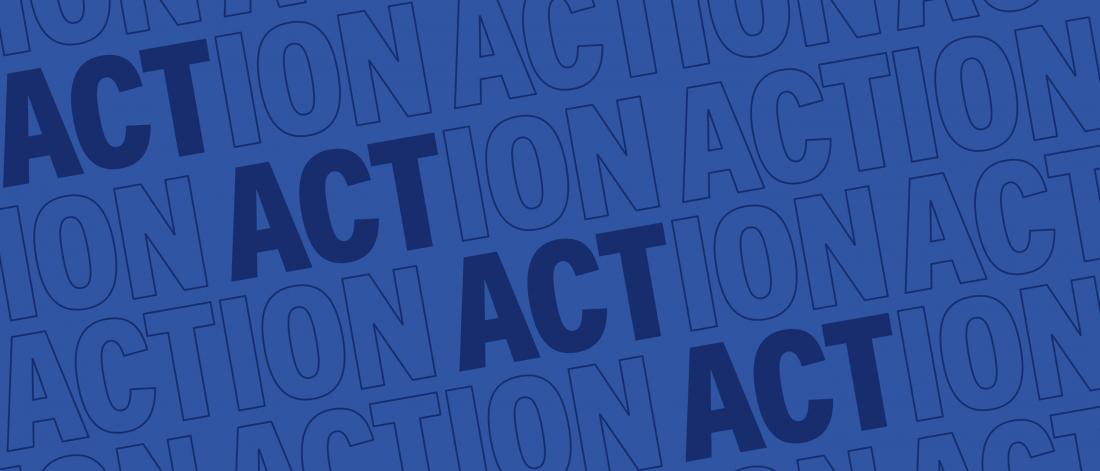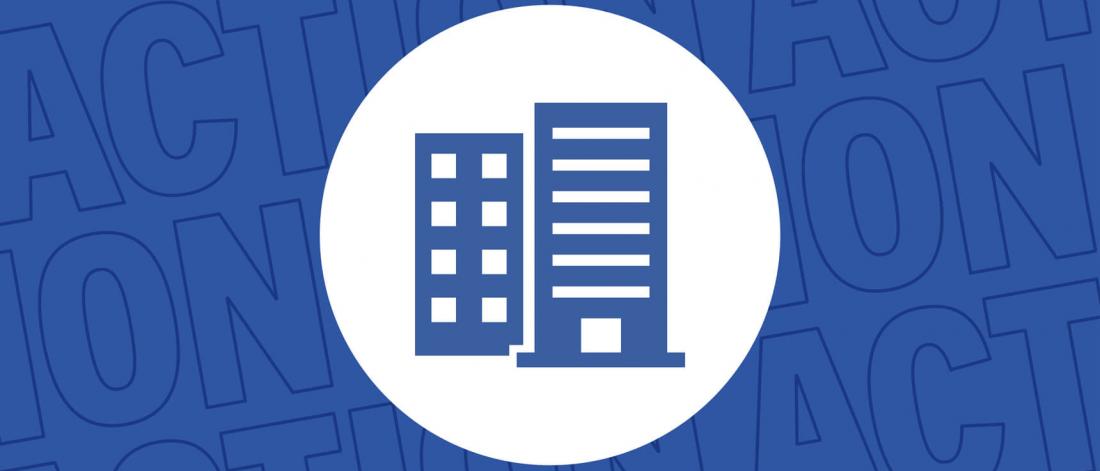Energy and buildings
Learn more about actions we’re taking to find energy-efficient solutions for our campus and buildings.

Climate Action Plan
The energy required to keep our buildings running — from burning natural gas for heating; electricity consumed for cooling, plug load and lighting; and wastewater generated — accounts for most of UM’s greenhouse gas (GHG) emissions. Because of the minimal carbon impact of our electricity, the vast majority of these emissions are from natural gas for heating our buildings.
UM’s energy team has made great strides in minimizing the carbon footprint associated with buildings. Future work will continue a focus on improving energy conservation, finding alternatives to natural gas (decarbonization) and embracing innovative solutions as we manage and build our existing and future buildings.
Baseline
-
2019
In 2019, most of UM’s GHG emissions came from the energy required to keep our buildings running, from heating and cooling to plug use, and indoor and outdoor lighting. As the largest category, it’s one over which we have the most direct control.

Highlights
Energy use intensity at the Fort Garry Campus has decreased 32% since 1990 due to energy efficiency measures.
ACT
UM’s Climate Action Plan embraces the community’s willingness and desire to work together to see change. To achieve the action goals, everyone has a role to play. Here are some ways you can help us meet our climate action goals for energy.
Big moves Pathway actions for energy and buildings
We’re taking action in each of these categories: building towards net zero; increasing energy efficiency at Fort Garry and Bannatyne campuses; decarbonizing our heat energy; and exploring innovative solutions for energy.
Build towards net zero
As the campus population grows, space needs change and buildings age. Launching in 2023, the UM Sustainable Building Design Guidelines will provide guidance for social, financial and environmental sustainability in projects to build new buildings, renovate existing spaces and further develop our public spaces. The goal is to foster sustainable, beautiful and welcoming spaces at UM while working to reduce greenhouse gas emissions and help us reach our climate action goals.
What we’re doing:
- Developing the Sustainable Building Design Guidelines.
Increase energy efficiency
The university has a proven track record of implementing energy efficiency measures dating back to 1978. These efforts have resulted in significant reductions in the energy we use per square meter of building space. Our next steps are to update our UM Energy Strategy to help identify the most viable options for further energy efficiency improvements in concert with other campus plans and strategies.
What we’re doing:
- Update the UM Energy Strategy
- Identifying and implementing more utility and demand reduction strategies.
Decarbonize heat energy
Our next challenge is to eliminate carbon emissions related to buildings, mainly from the burning of fossil natural gas to heat buildings. Supported by funding through the Investing in Canada Infrastructure Programe, we’re installing two 3MW electric boilers in the Central Energy Plant to replace natural gas used at the Fort Garry Campus.
With the launch of the Climate Action Plan, we are committing to adding an additional 3MW electric boiler. The three electric boilers will reduce the need for burning natural gas at the Fort Garry Campus by 52% — eliminating 16,000 tonnes of GHGs.
What we’re doing:
- Three 3MW electric boilers will be installed at the Fort Garry Campus Central Energy Plant.
- Evaluating other opportunities to displace fossil natural gas fuel consumption on campus, including renewable natural gas options.
Find innovative energy solutions
In order to meet our goals, we’ll explore and test innovative technology and new solutions as they become available.
Electrification of energy sources for buildings and transportation will be a viable option for us to reach our goal of net zero by 2050. With limited electrical capacity on campus, we’ll look to supplement that capacity with renewable electricity options.
What we’re doing:
- Exploring innovative solutions to decarbonize heat energy.
- Determining the most efficient ways to pursue alternative renewable energy solutions, like solar.
Working group
Working groups are being established for each of the four action pillars to develop and implement the plans to reach net zero by 2050.
All working groups include UM staff who work in related areas who will bring their expertise to the table and provide direction on how to implement solutions.
The Energy and Buildings Working Group will be established in fall 2023
You may also be interested in:
Contact us
Climate Action Plan
Office of Sustainability
152 Physical Plant Building
89 Freedman Crescent
University of Manitoba (Fort Garry campus)
Winnipeg MB R3T 2N2





